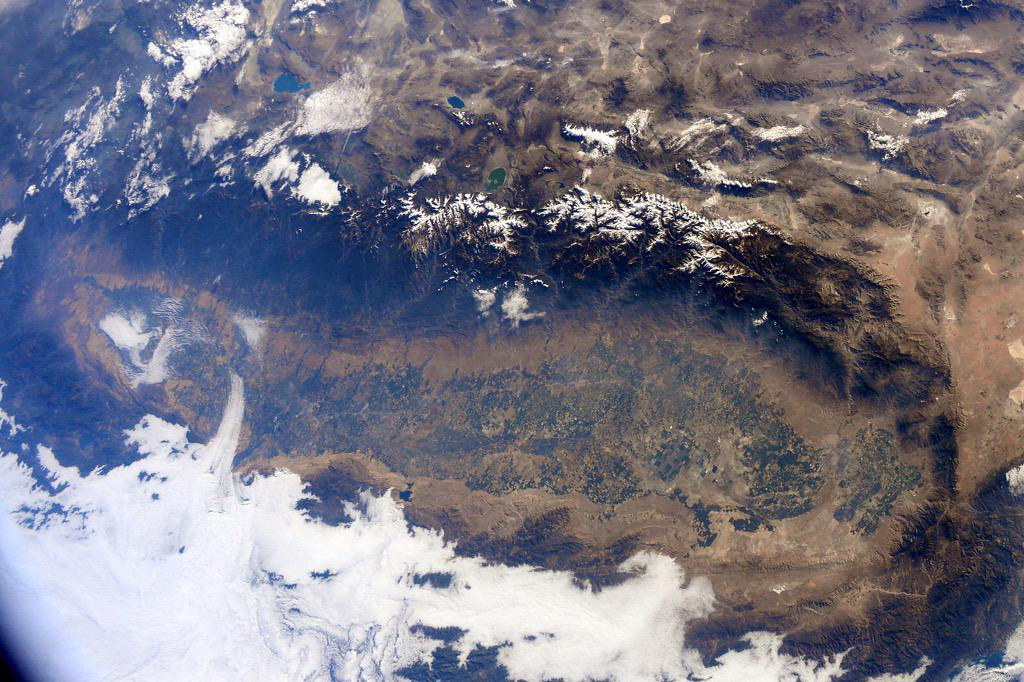Overview – Coastal regions south of San Francisco
Weather on the California coast tends to follow predictable seasonal patterns.
Precipitation
South of San Francisco, most precipitation falls from November through early April, although some rain is possible in October and from mid April to early May. The rest of the year (mid May to September) is normally rain free. However, even during the height of the rainy season, there can be several days to weeks in a row of clear weather. The average number of rainy days in a given winter month also decrease as one travels from north to south along the coast. For example, in December San Francisco has an average of 10 days of rain, whereas Santa Barbara has an average of just 5 days of rain in December.
Temperatures
Temperatures right along the coast are usually quite mild throughout the year. Typical daily highs are usually somewhere in or near the 60s, being toward the low end of the 60s (or upper 50s) in the winter and mid to upper 60s or low 70s spring through fall. Nights and mornings along the coast are usually cool with typical lows somewhere in the 40s or 50s.
Sunset on California coast
Overnight frost in coastal areas is relatively rare (and never lasts much past sunrise), but can happen in the winter and early spring. When the route veers inland significantly (i.e. San Luis Obispo or Solvang), typical daily high temperatures in winter and early spring are similar to the coastal areas, but can be much warmer (often by 10-20 degrees) than the coastal areas from late spring through fall.
| Fahrenheit (degrees) | 32 | 40 | 50 | 60 | 70 | 89 | 90 |
| Celsius (degrees) | 0 | 4 | 10 | 16 | 21 | 27 | 32 |
Fog
Fog is common in our coastal areas in the summer and early fall and occurs with less frequency (but is still possible) at other times of year. A typical summer day may start foggy and cool, clear up toward mid day and may remain clear the rest of the day or fog back in by late afternoon. Occasionally it will be foggy from dawn to dusk on a summer or early fall day. Really foggy days can still occur at other times of year, but it is much less common. Fog at most times of year is relatively rare the farther inland you get from the coast. Summer fog also tends to be less persistent from Santa Barbara south compared to the areas north of Santa Barbara.
Winds
The prevailing winds along the coast of California are from the northwest and usually serve to push cyclists down the coast. This prevailing pattern is quite pronounced in the spring and summer, with almost every day having winds from the northwest. These winds tend to peak in the afternoon and can be quite strong. In the fall and winter, the prevailing winds are still from the northwest, but the pattern and strength of these winds are usually weaker. Many days will be clear with not much wind and other days may have winds that blow offshore (more from the north or east) that can make beach areas quite warm (sometimes well into the 70s). Offshore winds are often strong and unpredictable. If a storm system is moving through the area (most common from late fall through early spring) there can be strong winds from almost any point of the compass.
California coast cyclists and lighthouse building
Bottom line is that mild year round temperatures and a limited rainy season make coastal California south of San Francisco a great year round cycling destination.
Overview – Coastal regions north of San Francisco
North of San Francisco the climate is similar to the areas south of San Francisco, except that the rainy season tends to start earlier and end later and there is more total precipitation. For example, in Fort Bragg (about 150 miles north of San Francisco on the coast) average annual precipitation is 41 inches (compared to San Francisco at 22 inches) and the rainy season runs from October to May with small amounts of rain possible in the summer months as well. Seasonal temperature, wind and fog patterns on the coast north of San Francisco tend to be similar to coastal areas south of San Francisco.
